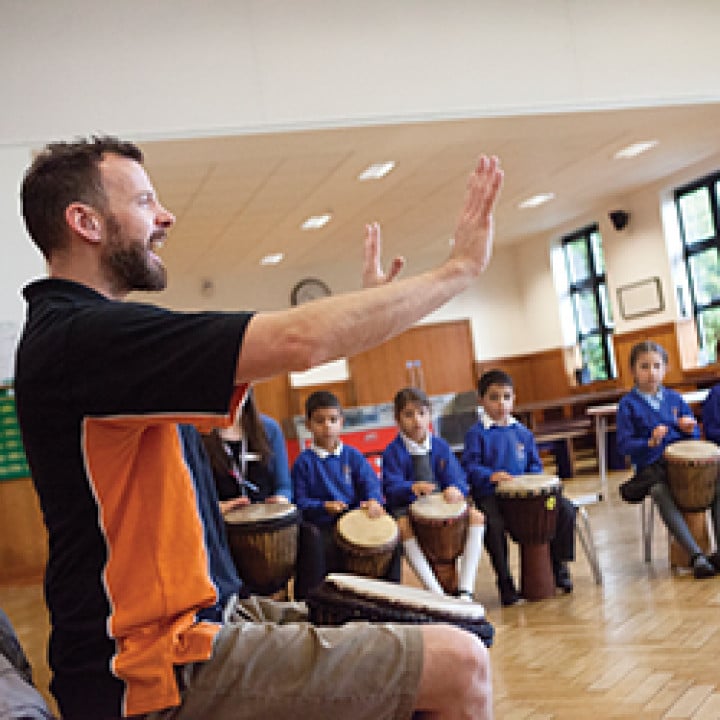
After touching on this subject in a recent #SUHotTopics event with Daisy Fancourt and Phoene Cave, we decided to learn about the seven ways that people respond to music. This article is based on research by Patrik N. Juslin, a professor of psychology at Uppsala University, Sweden.
1. Brainstem reflexes
Our brainstems react when there are loud, sudden or dissonant noises. This can also be seen in music; when there is a change in tempo, dynamic or style. This is quite an innate response, often based on fear, originating from our primal instincts.
2. Contagion
When we feel music has an emotional expression, we are capable of taking this expression on. It’s thought this occurs when music features similar acoustic patterns to emotional speech. This could be why hearing singing or taking part in singing can be so emotive. However, this is not limited to vocal music and could also involve ‘voice-like’ instruments, such as the cello or the violin.
3. Episodic memory
Music can evoke personal memories in us, for example the music played for a first dance at a wedding or during a funeral. The range of emotions that episodic memories can produce is huge. We tend to use music as a tool to remind us of experiences and events – as the ‘soundtrack of our lives’.
4. Evaluative conditioning
Music can induce an emotion in us because the piece has been linked with an event in our lives. For example, if a piece of music occurs repeatedly when we are happy, e.g. visiting friends, then the music itself will eventually evoke happiness even if the interaction doe s not occur when the piece is being played.
5. Musical expectancy
This occurs when a feature of a piece of music differs from our expectation for the music’s development (e.g. a new harmony, a different rhythmic element). The emotions felt could include surprise, awe, disappointment or anxiety.
6. Rhythmic entrainment
This is when an emotion is evoked by a piece of music because the rhythm in the music influences the internal rhythm of the listener, for example the heart rate. The heart rate ‘locks in’ to the musical rhythm providing us with an emotional reaction.
7. Visual imagery
When listening to a piece of music we might conjure images (e.g. a beautiful landscape) in our minds. Our brains are capable of responding to these images as if they were real. Certain musical features such as repetition, predictable melodies, etc. may be particularly effective in evoking this imagery.
